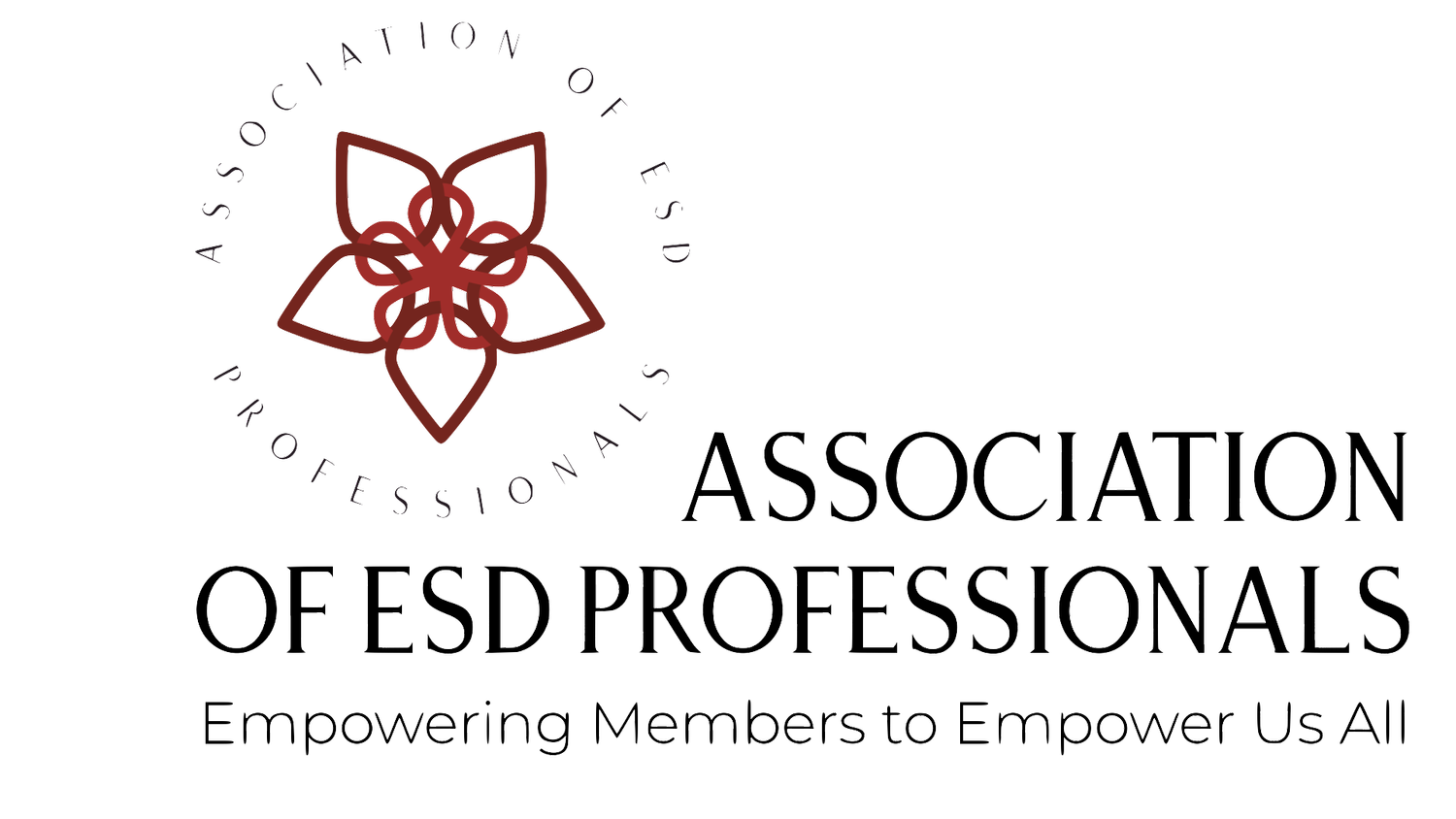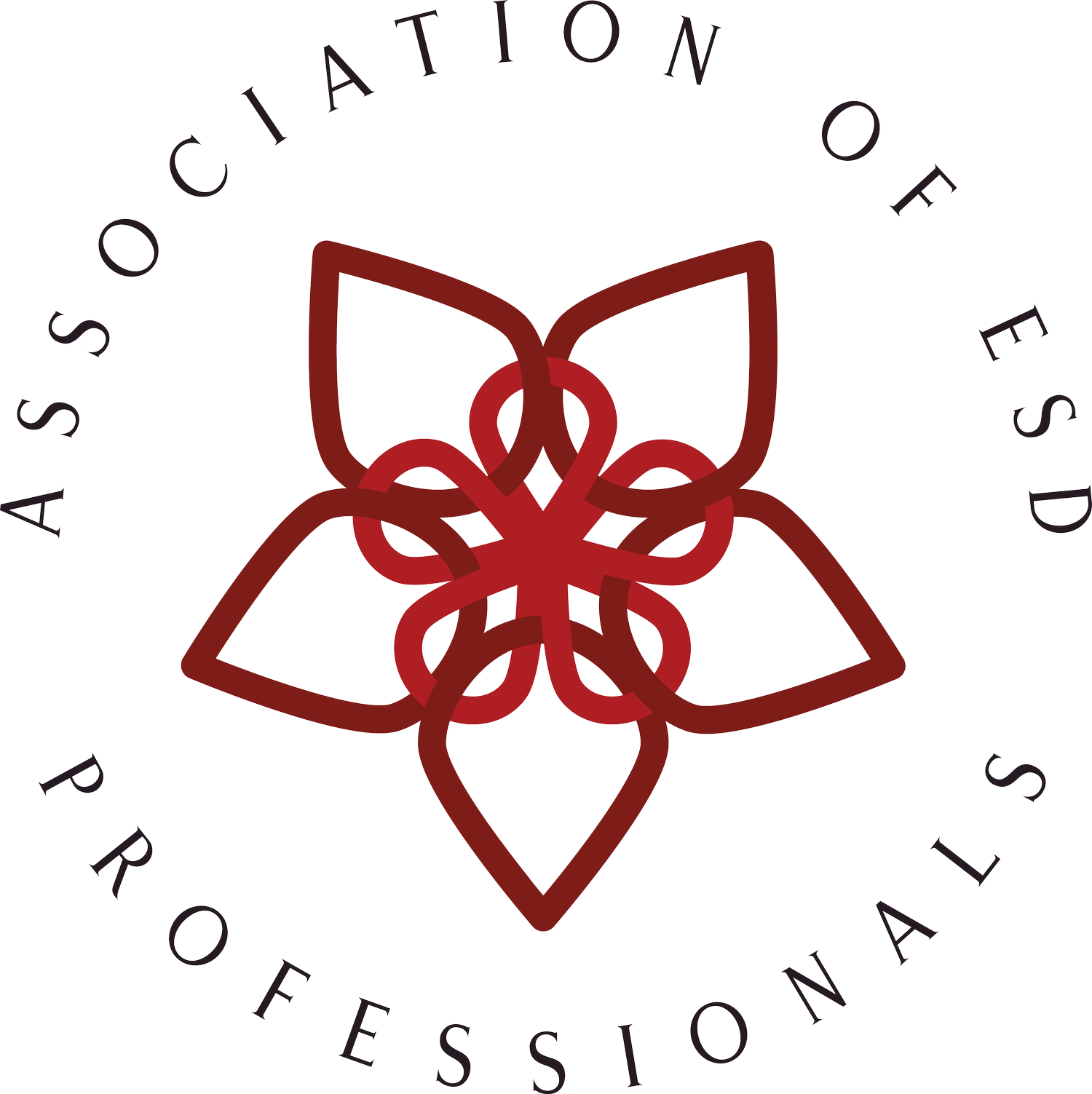Reflections on Resistance & Vulnerability During ESD Facilitation
How much is too much?
“Vulnerability is not weakness; it's our greatest measure of courage.” —Brené Brown
It is November, 2022. I am co-facilitating an ESD instructor training with my good friend and lead facilitator, Toby Israel. She is guiding, and I am participating in an activity to explore our “yes,” as part of her style of Holistic Self-Defense, which takes us beyond our capacity to express our “no.”
We move around the space, becoming present in our bodies, observing what kind of movement feels good. After we have practiced embracing what “yes” feels like in our movements, we find a spot alone, mostly with our backs to the center, looking out the windows or off the porch into the jungle.
We are not far from each other, but it doesn’t take long to feel alone in our little chosen spaces. This is already an act of intimacy, feeling safely alone in the presence of others.
Toby cranks the music up, and we start saying, “sí”. There is no script to follow, we merely say, yell, shout, or scream, yes or sí and truly feel it in the body. I have barely uttered my first sí when the tears start flowing. I speak a couple and shout a couple before I am sobbing, feeling this powerful release of all kinds of stored up emotions, a release of some blockage, a release of resistance.
I am surprised by the strength of this feeling and slightly wondering if I should hold back. I am participating in this activity, but I am a facilitator here.
How much of my own process is appropriate to show?
We close the activity. I dry my eyes, and return to the circle with our participants. We look tenderly at each other, and I see my tears and feelings reflected back to me in the eyes of many of the other women. I feel safe, connected. We do a debrief, and I don’t share much more than gratitude.
As facilitators, where do we draw the line between being vulnerable, open, and ready to connect and maintaining healthy boundaries with ourselves and with our participants?
How do we hold the space and step into it at once?
Flashback to 2016, when I participated in a yoga and breathwork retreat. There were multiple dynamics and situations during the week that felt irresponsible at best, bordering on unsafe.
One day, our yoga session was canceled due to one of the facilitators needing time to process his emotional experience from the previous night’s ceremony. Some of the participants discussed how we felt it was an unfair modification to the schedule. He was the facilitator, not a participant, and we had paid him for his services as a facilitator.
We expected him to hold space for us, not the other way around.
How much should he reveal of his own experience? How much was too much?
Leaning Into Resistance
Before any group activity, whether I am a participant or a facilitator, I often feel some resistance. It may show up resisting specific aspects of the event or content, or even a person, but I have learned that ultimately, these are just the details onto which I project my resistance. Once I settle into the experience, I usually feel the resistance melt away, creating an opening to deeper intimacy and richer experience. I tend to ask myself, why?
Why does this resistance show up? Why am I like this?
Inevitably, at some point, when group bonds begin to strengthen, most participants are able to share vulnerably about how and when they felt resistance, and then I remember, it’s not just me. The question becomes, why are we like this? Perhaps, what we resist is the vulnerability itself. It’s scary. But it becomes less scary when we feel safe, supported, and regulated.
At the retreat I attended, instead of a release of resistance, I felt a building of it. Instead of stepping into vulnerability and intimate connections, I put walls up. Why? Because I didn’t feel safe. From this experience, I learned some things not to do if I want to facilitate a safe space for learning and connection.
As a facilitator, I feel that it is my responsibility to ask myself not just “why am I like this” (about my resistance), but also, “how can I intentionally be vulnerable and open in a way that is helpful to the overall learning experience of my participants and not just self-serving?”
Modeling Rather Than Encouraging Vulnerability
Flashback to my past career life, when I worked as the head of an organization where we did incredibly emotionally-demanding work and were exposed to a lot of trauma. I often opened spaces for my staff to talk, process, and share feelings, and I am sure that my staff felt comfortable with me. However, at that time I held the mistaken belief that as the leader, I had to always hold everything together for everyone all the time—and keep my vulnerabilities private.
I didn’t ever share or even process my own feelings during our staff processing times, and as a result, I unintentionally set the unrealistic standard of what strength was meant to look like. We had many good conversations in those meetings, but ultimately, everyone felt the pressure to be “strong,” even as we encouraged each other to be vulnerable.
In our recent training, many of these questions came up, and we had some very interesting discussions about vulnerability and sharing. This is one of the questions I have been considering since then:
What is the “right” amount of sharing? How much vulnerability is appropriate for a facilitator to model during a training?
One of our participants suggested 5%. Our brains work in different ways. Mine would never have thought to assign a percentage to vulnerability, but after considering it, I think allowing 5% of training time to model vulnerability sounds pretty good.
It is important for us to be open, to share not just knowledge and skills with our participants, but part of ourselves, to build true and genuine human connections. To do this well, to model vulnerability without oversharing, we must use discernment about how, what, and when to share.
Here are a few considerations for facilitators wanting to show up vulnerably in their learning spaces:
Be Authentic
First of all, it is critically important to be authentically vulnerable as a facilitator or leader. If you don’t share authentically, your participants won’t feel comfortable being their authentic selves either.
Share More than Skills & Knowledge
You have lots of skills and knowledge, and your students will learn those things from you, the amazing human that you are. So don’t be afraid to share part of yourself beyond your skills. Doing so will bring the added bonus of genuine human connections for everyone.
Model Vulnerability
As a leader or facilitator, it is one thing to speak about vulnerability, it is another to lead the way (safely) into vulnerability. It is important to model healthy, vulnerable (and authentic!) expression, but it must be done intentionally and with boundaries.
Use Discernment
As a discerning facilitator or instructor, we should ask ourselves: Will sharing this story or feeling of mine add to the learning experience of my participants? I have tons of stories. I believe that stories are what connect us as humans. I can share stories to build connections, and I can share stories that are part of my teaching. It is my responsibility to understand my purpose in sharing. Why this story? How long will it take me to share? What is the lesson? Is it relevant? Entertaining? Funny? Tender? Vulnerable?
Be Gentle
Everyone feels resistance. And (I think) a lot of us criticize ourselves for feeling it. The trick is to recognize it so that you can regulate it—gently. The path away from resistance begins with regulation and moves to vulnerability and connection. Be gentle with yourself and with participants when you notice resistance.
Safe Spaces
We can only truly allow ourselves to be vulnerable when we feel safe. Creating a sense of safety for our participants requires that we facilitate a culture of respect and authenticity. It’s not enough to say we are in a safe space; we must model it with healthy communication and regulated vulnerability.
Self-Regulation Starts With You
As facilitators, remembering that our experiences are valid and developing tools for our own self-regulation will make us better teachers. Our needs are also important, and we have the responsibility to know how to regulate ourselves in order to hold the space for our participants.
When in Doubt, Aim for 5%
If you aren’t sure just how much vulnerability is appropriate for a facilitator, try our participant’s suggestion of 5%. Allow up to 5% of class time for sharing your own vulnerability, and see how it goes. I think it is a reasonable limit to set for in personal sharing in our classes.
And don’t forget, in your leadership, you’re still a human too.
Want to learn more about the Association of ESD Professionals and join our growing, global community? Email us at hello@ESDProfessionals.org.


